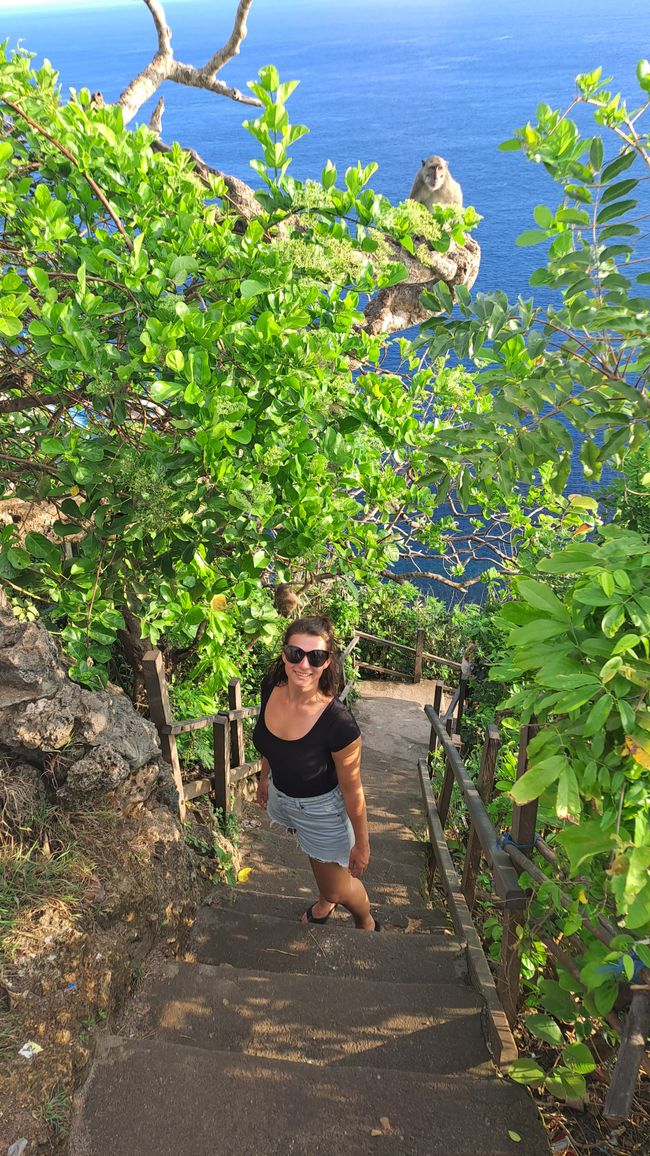Sulawesi - Stunning landscapes and ancient cultures
Byatangajwe: 07.07.2023
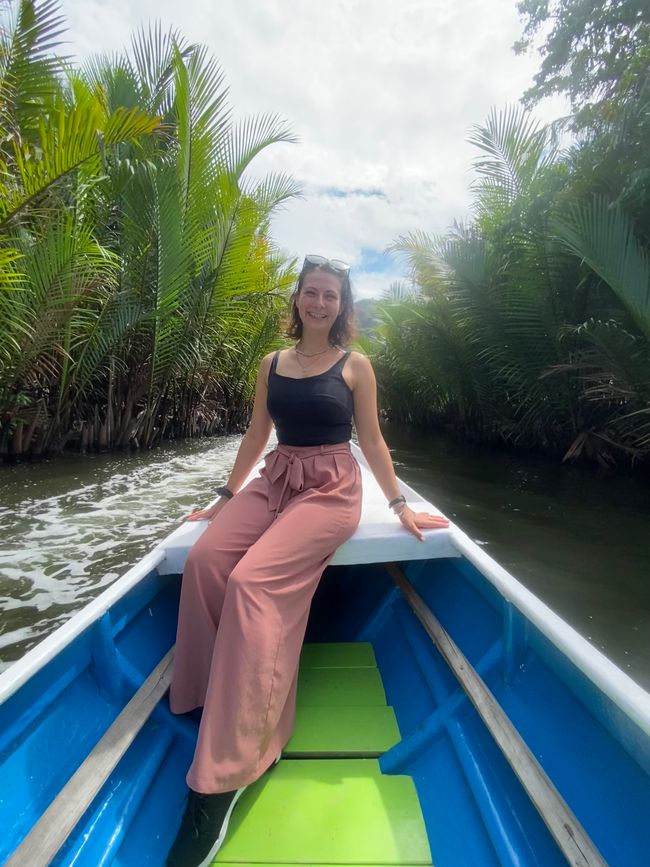
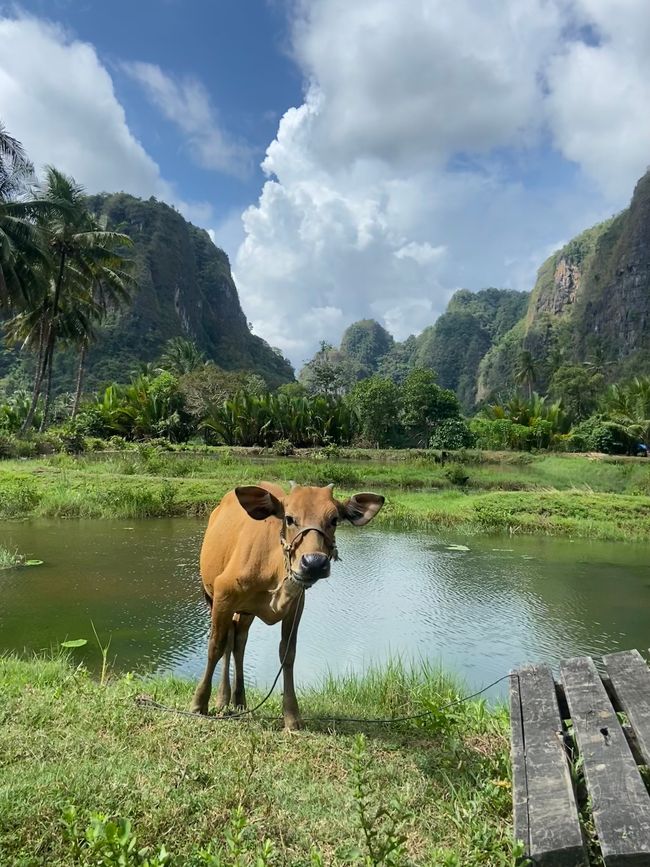
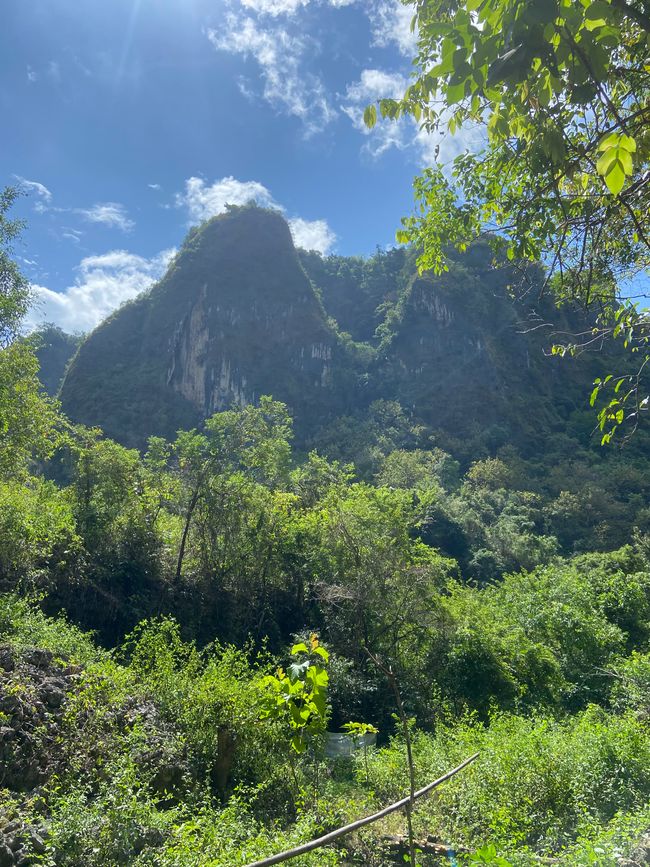
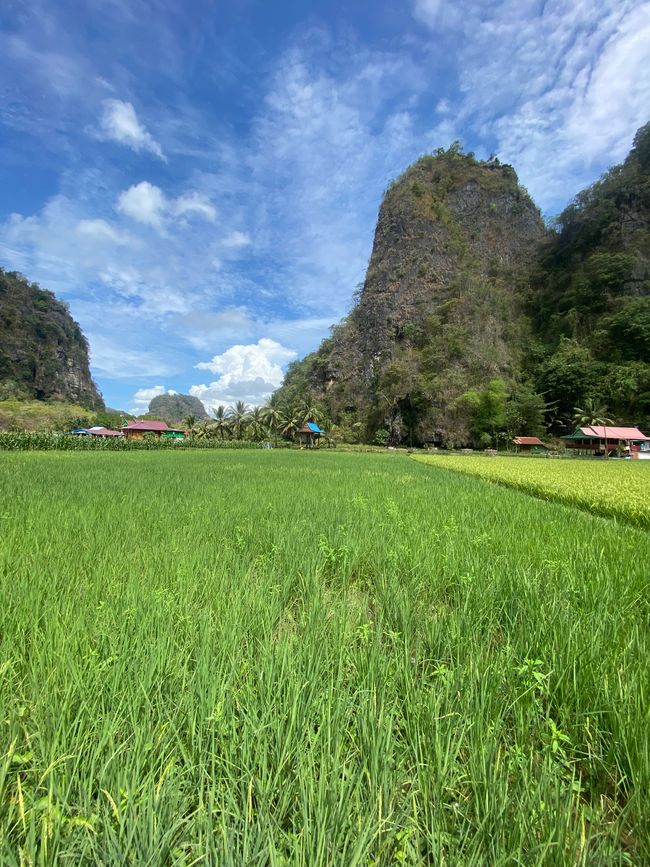
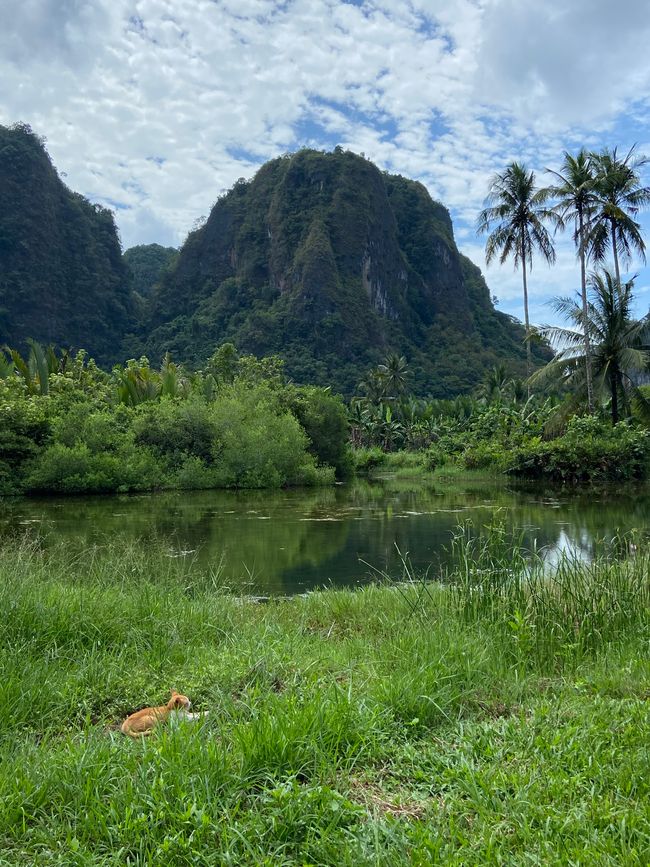
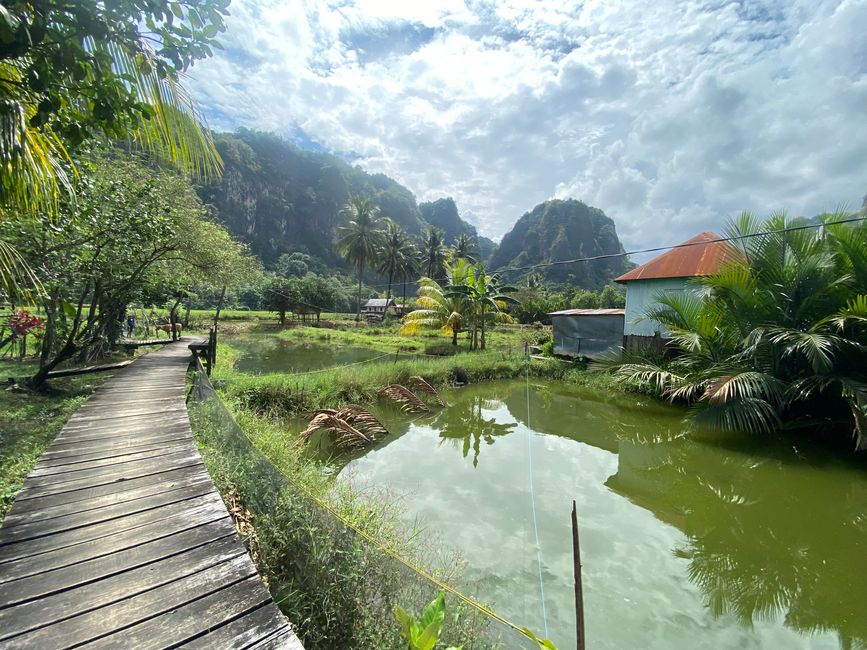
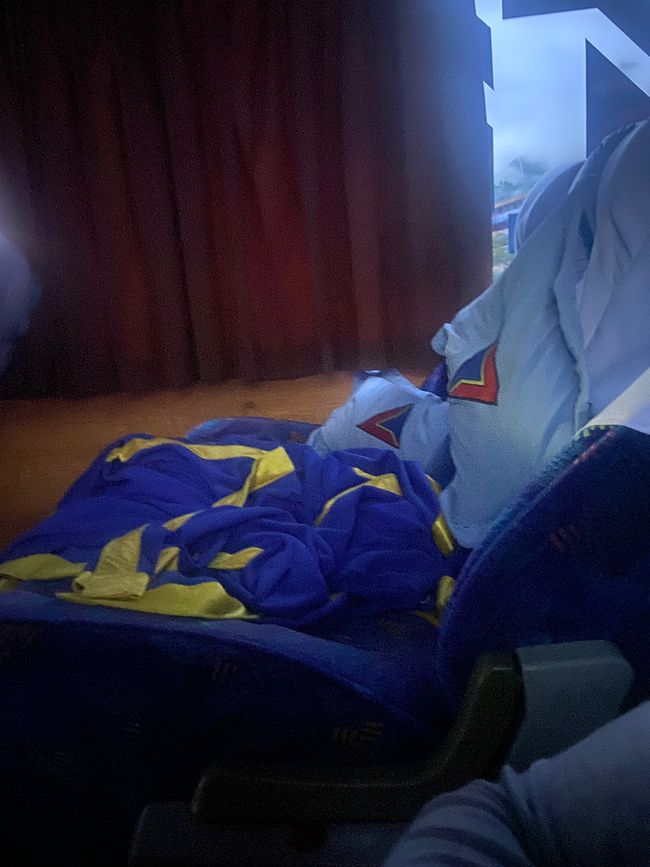
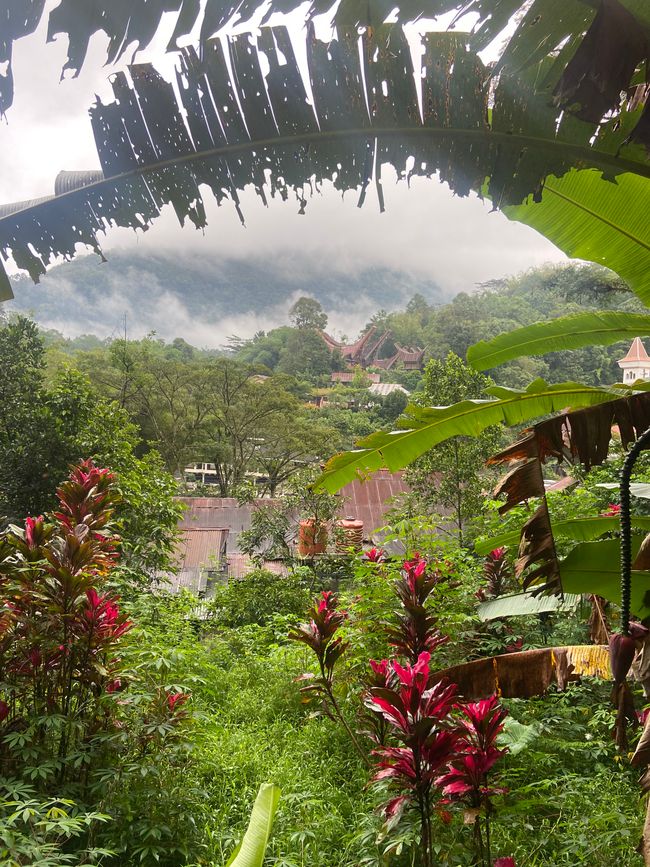
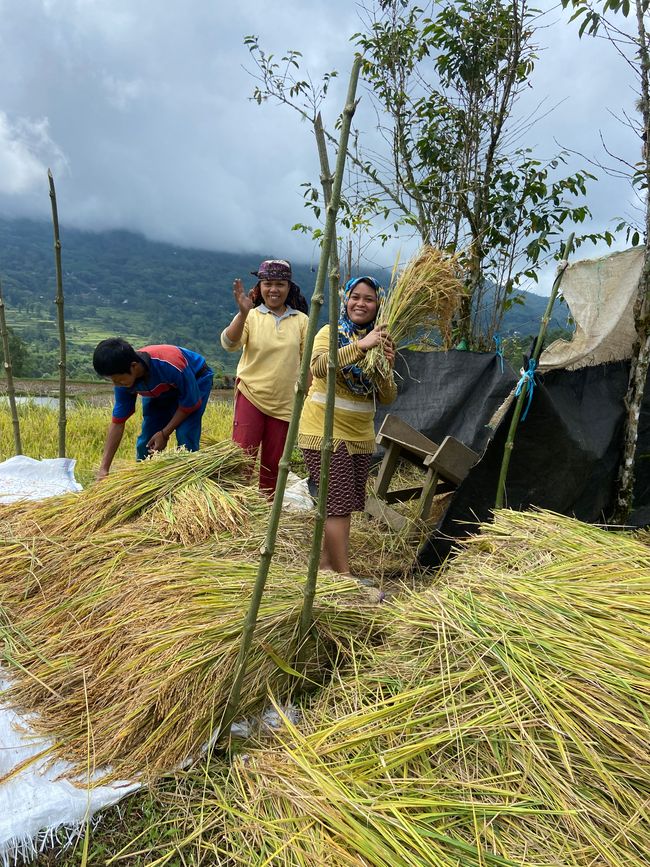
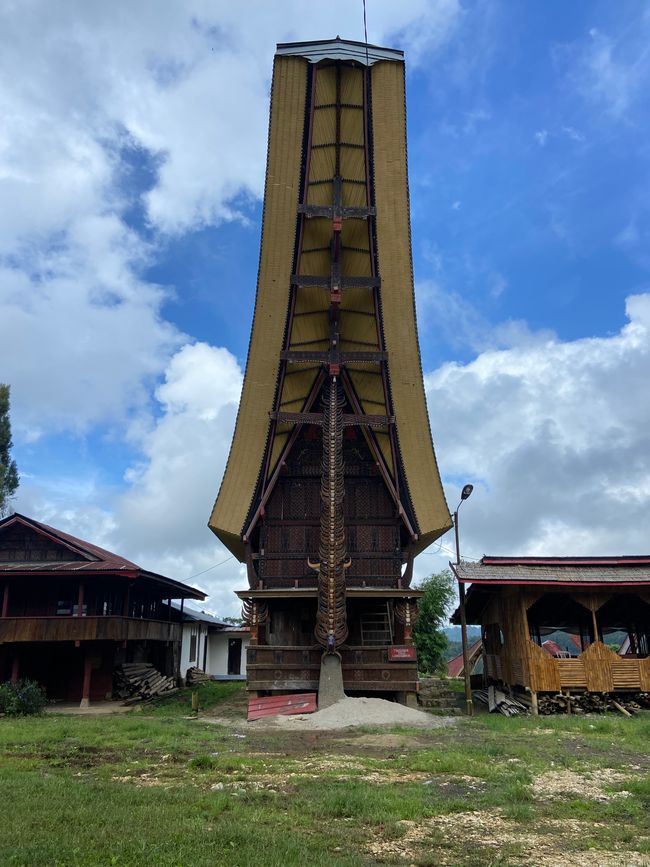
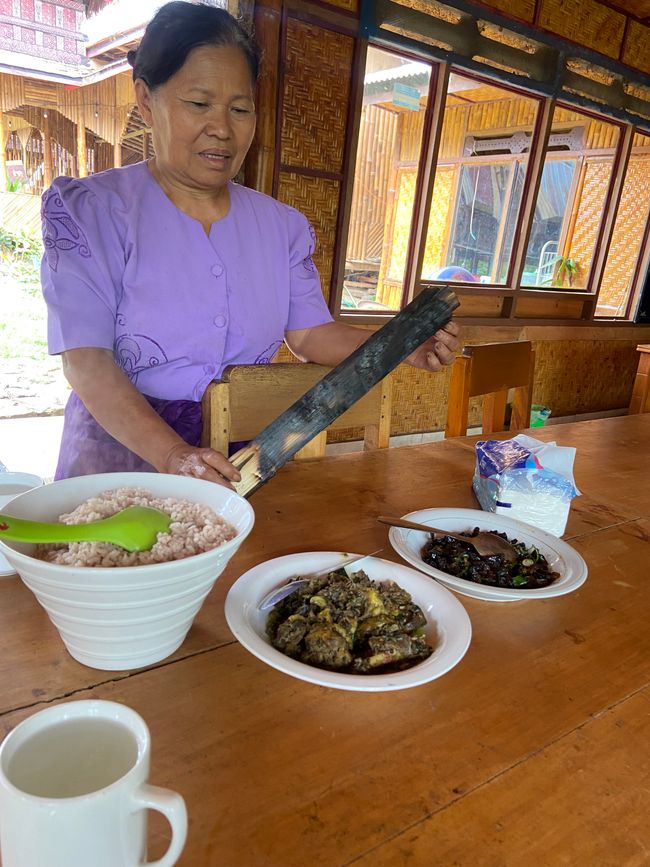
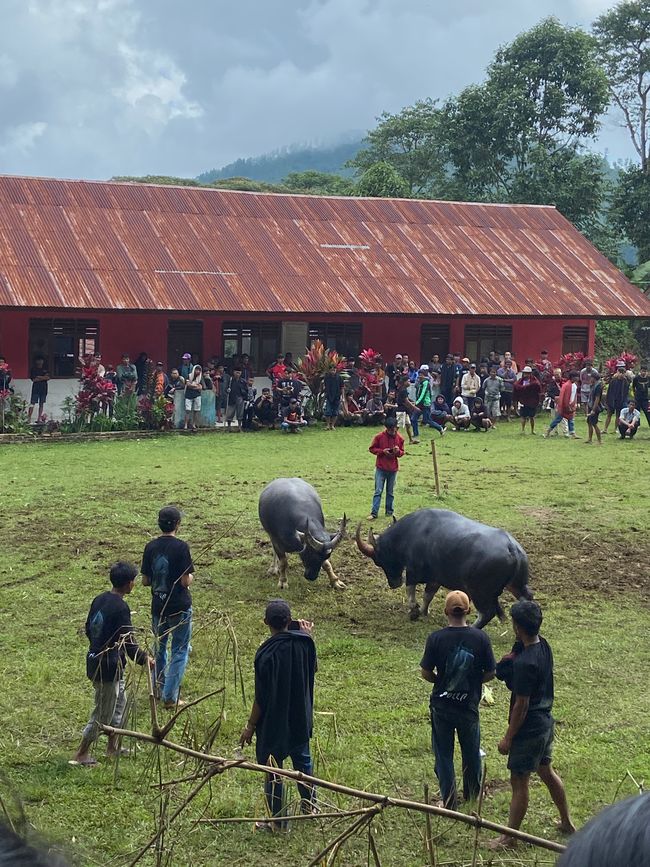
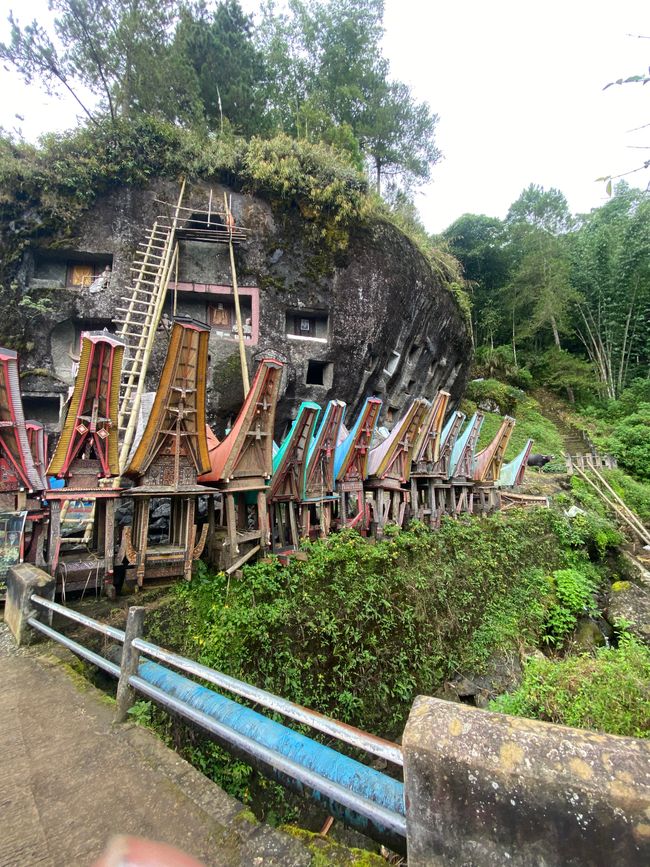
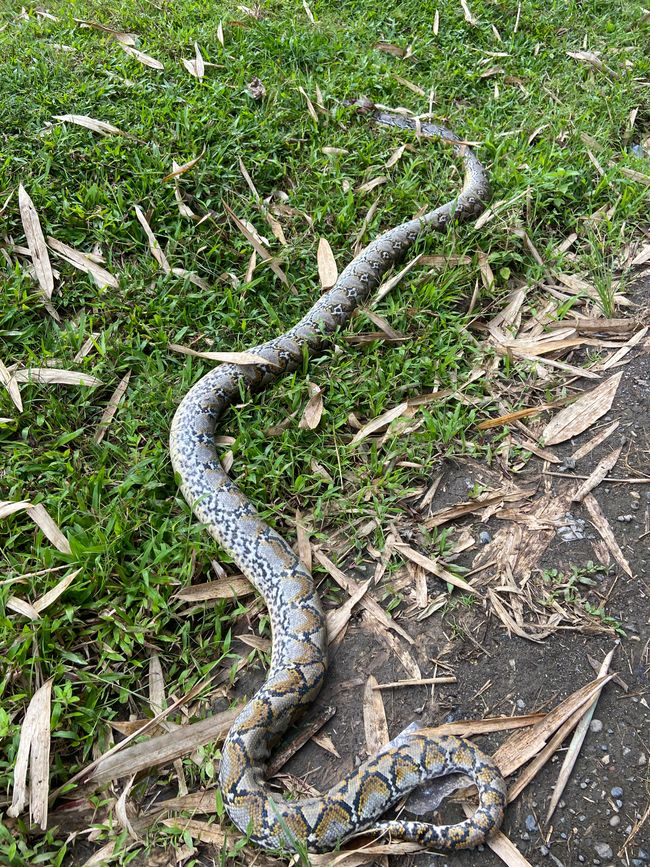
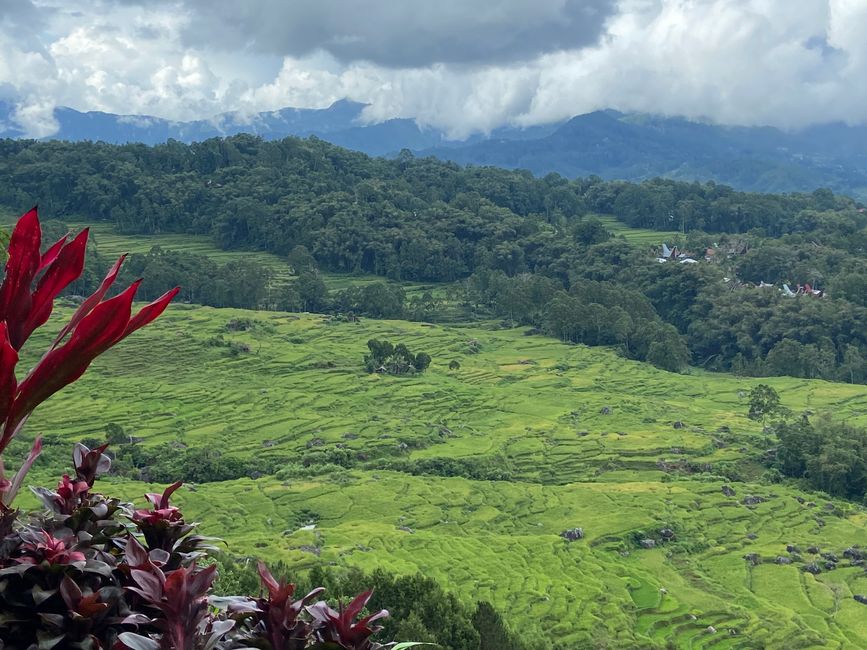
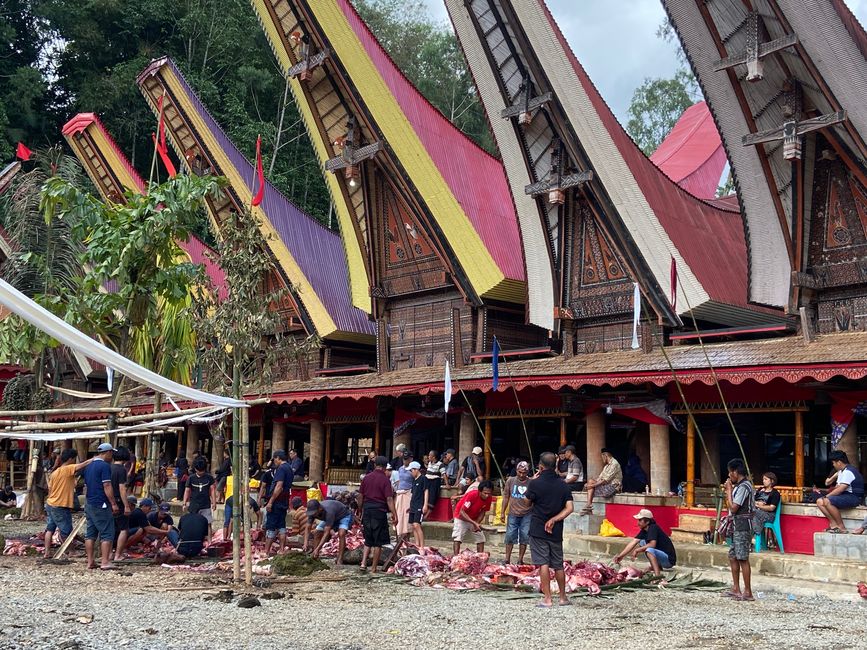
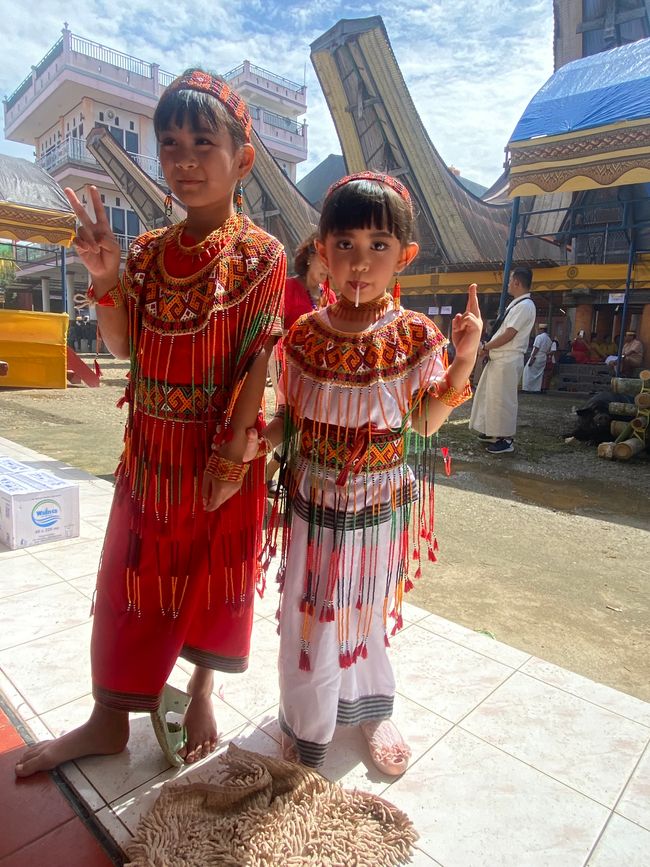
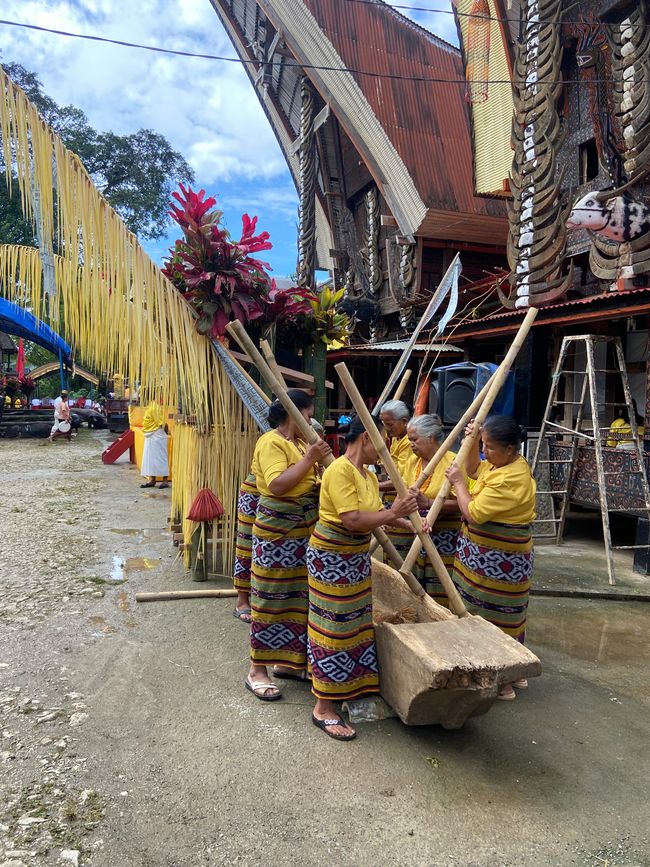
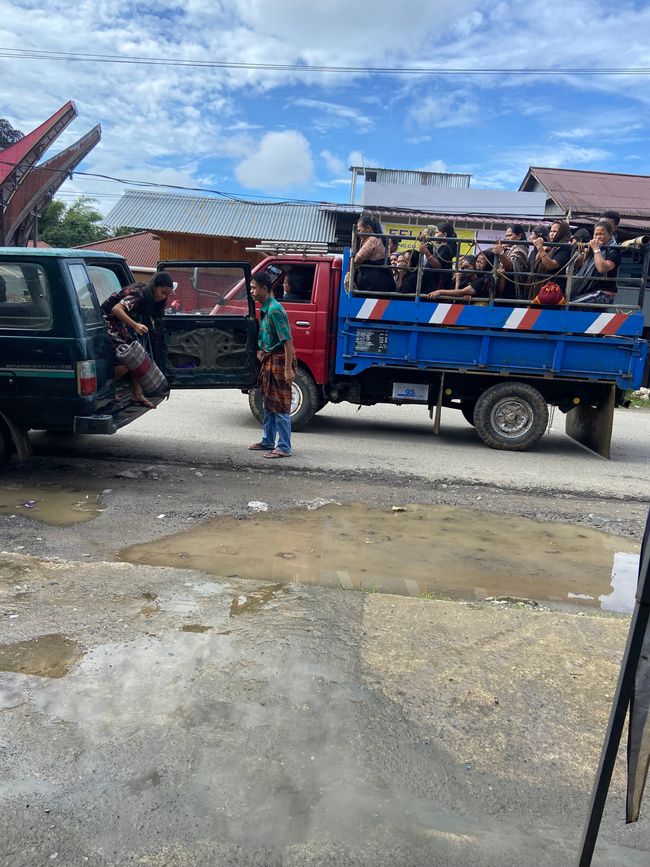
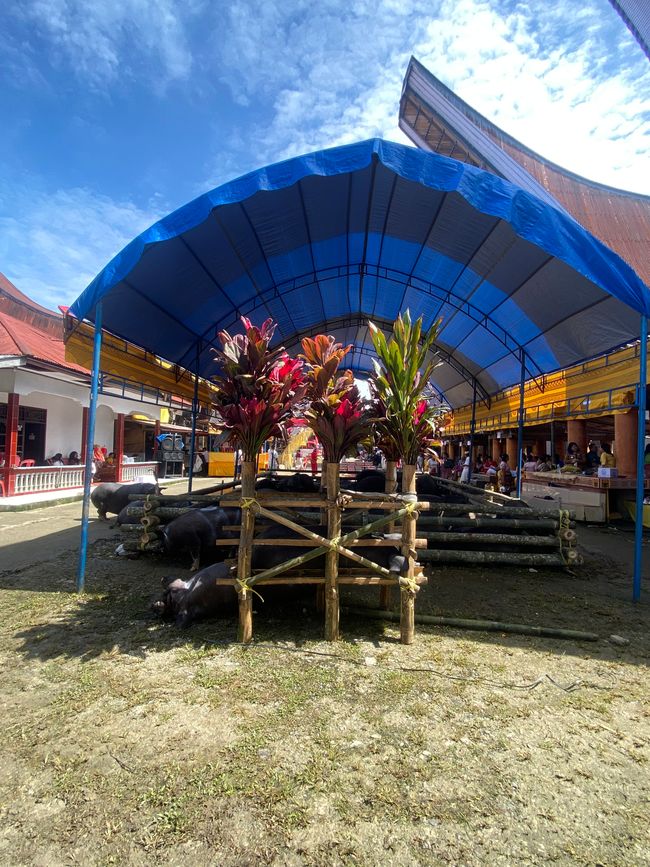
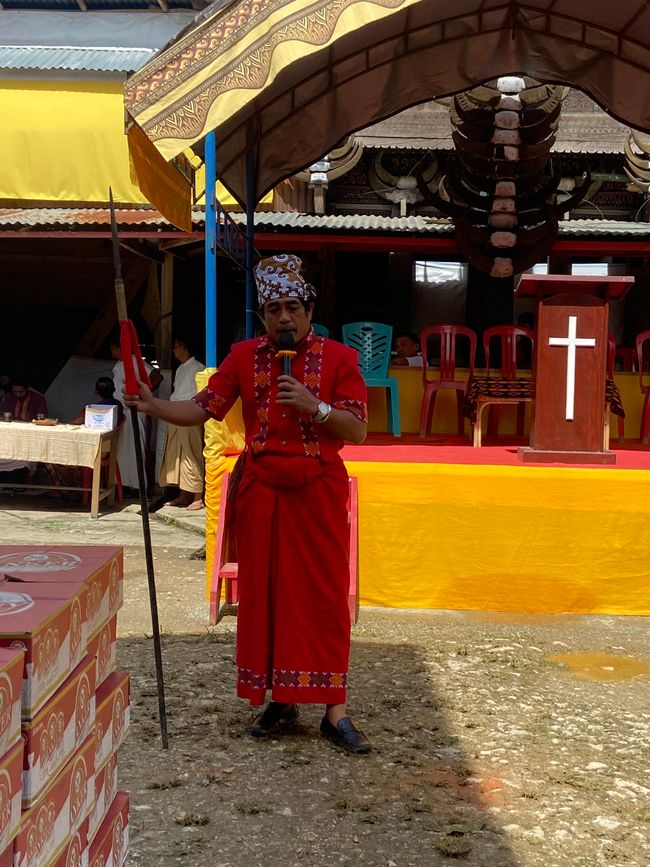
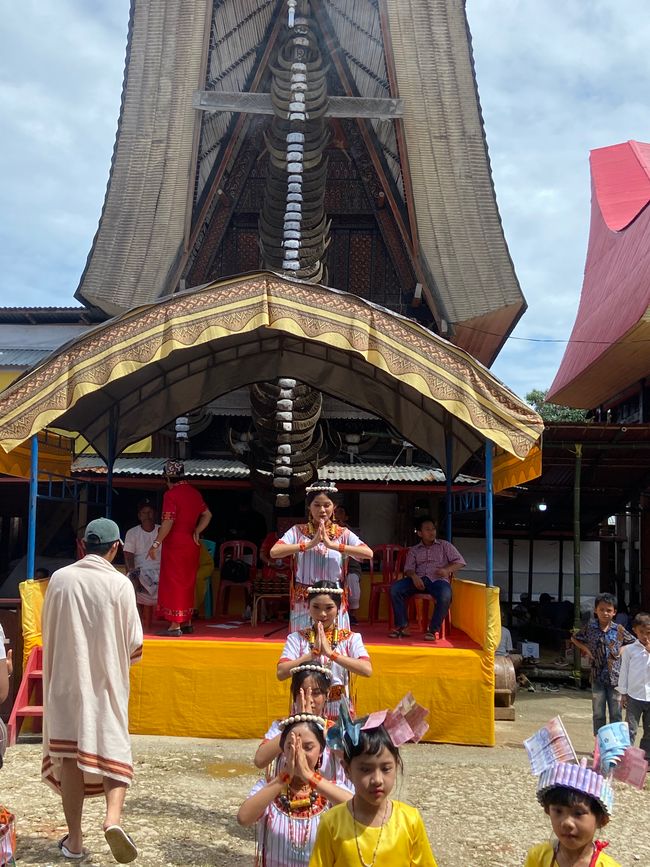
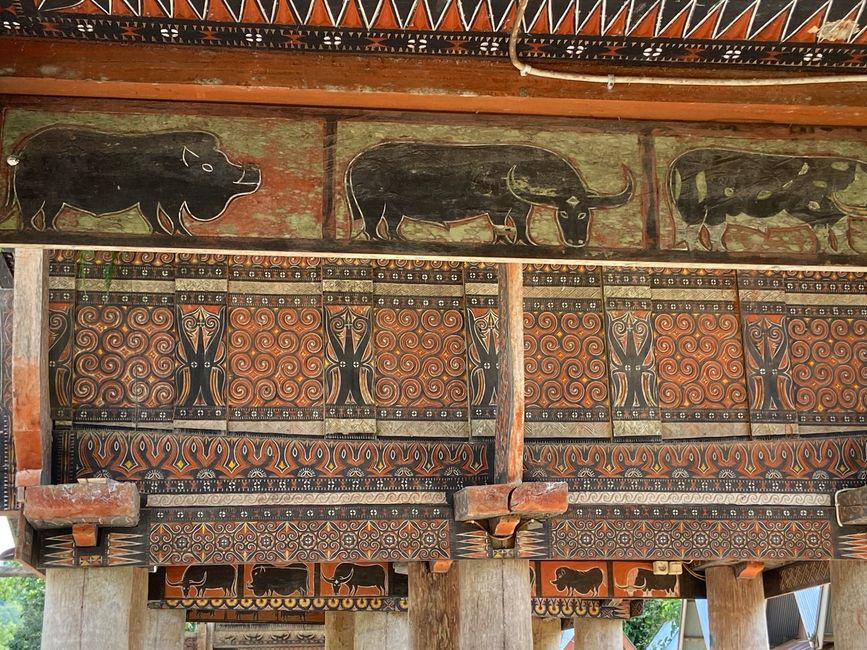
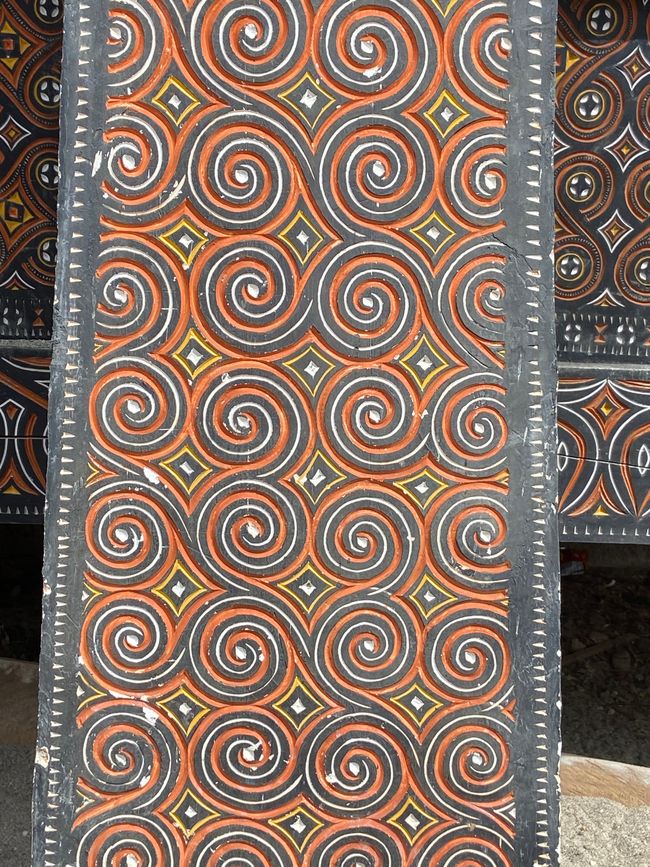
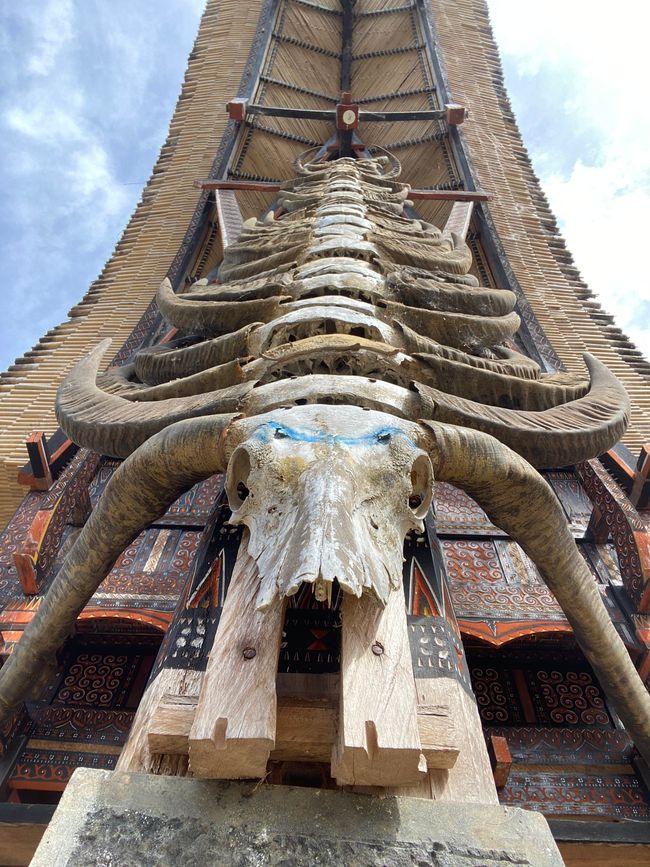
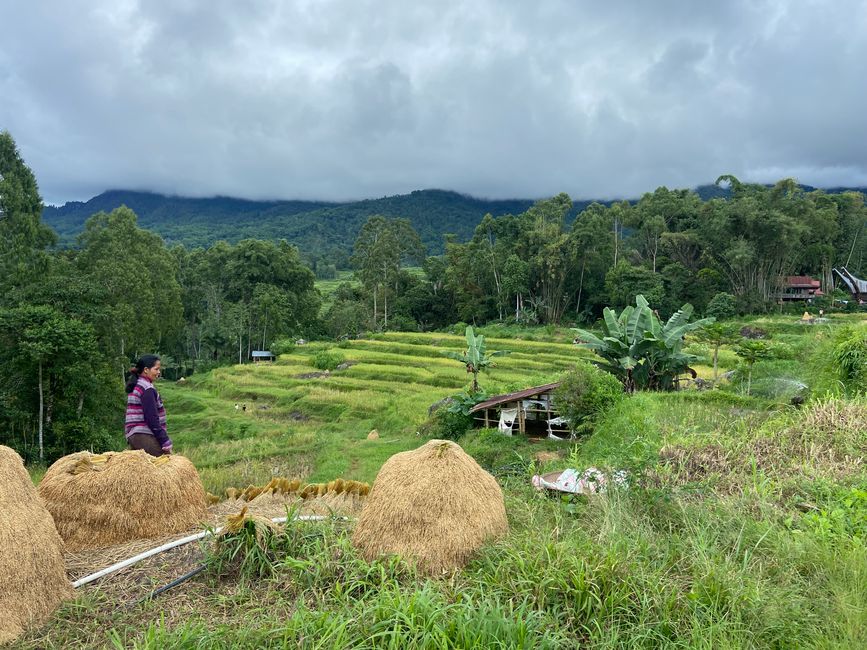
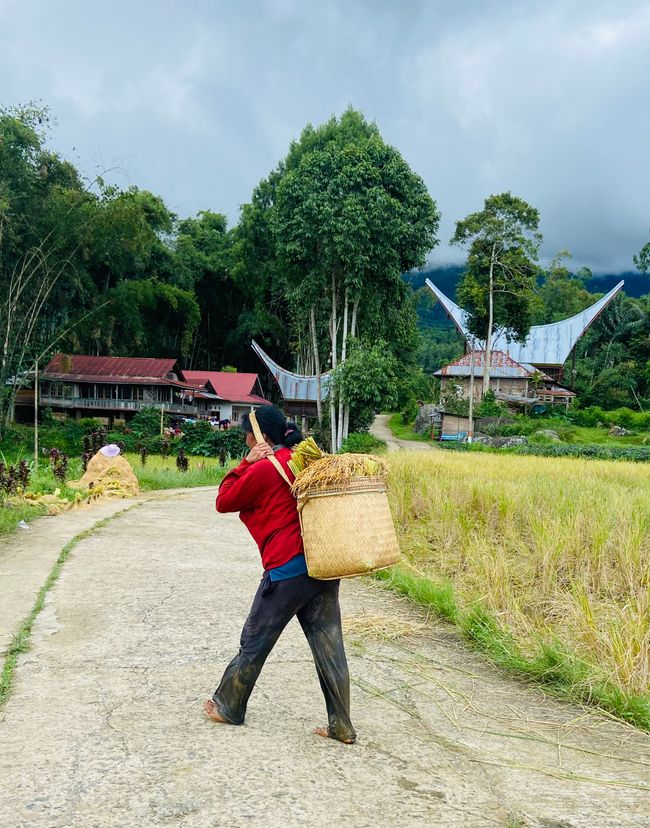
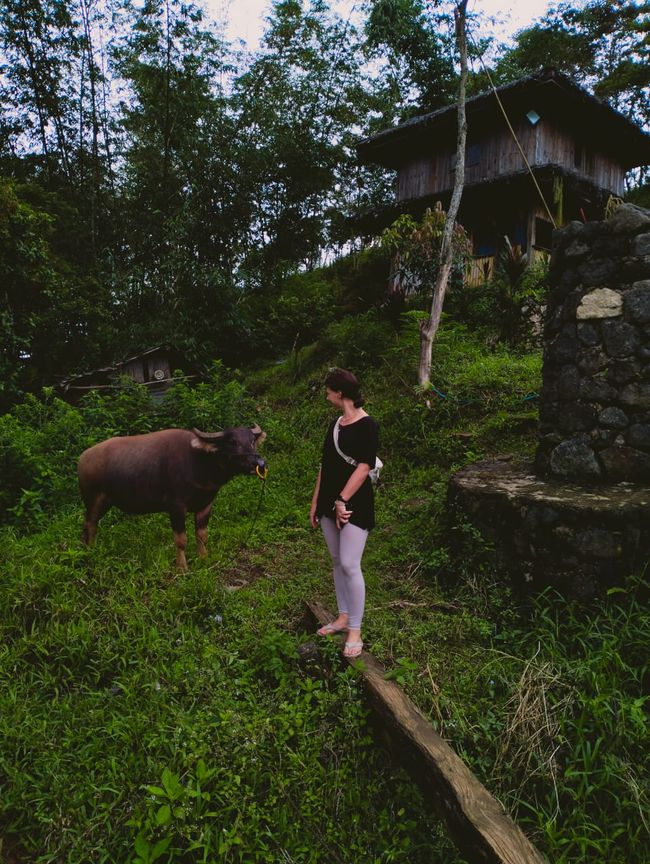
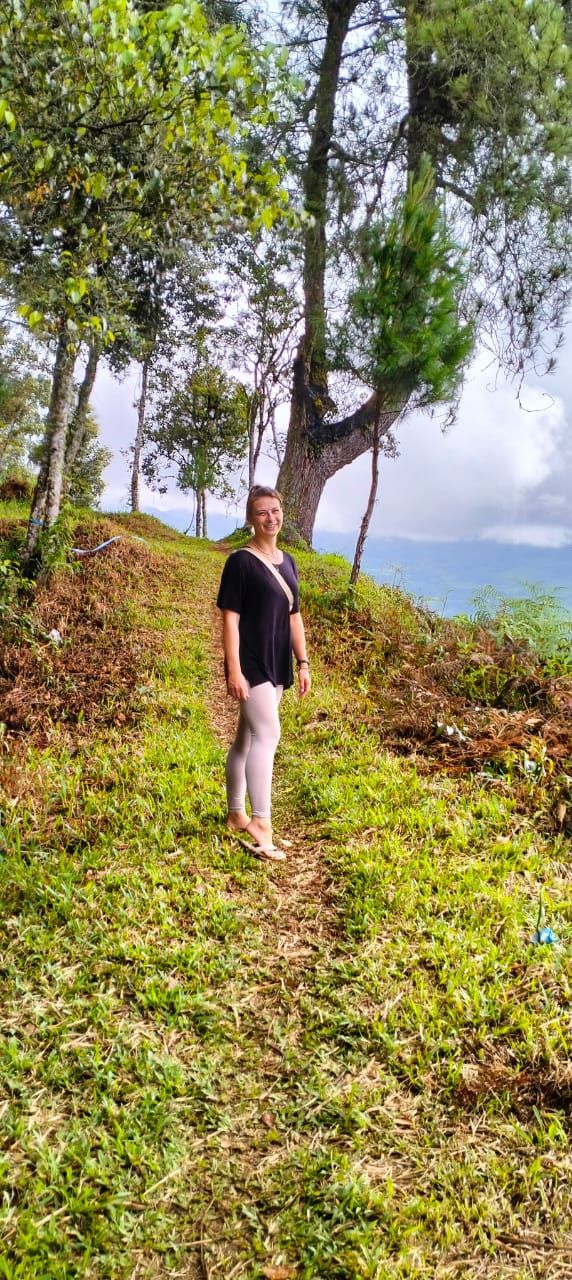
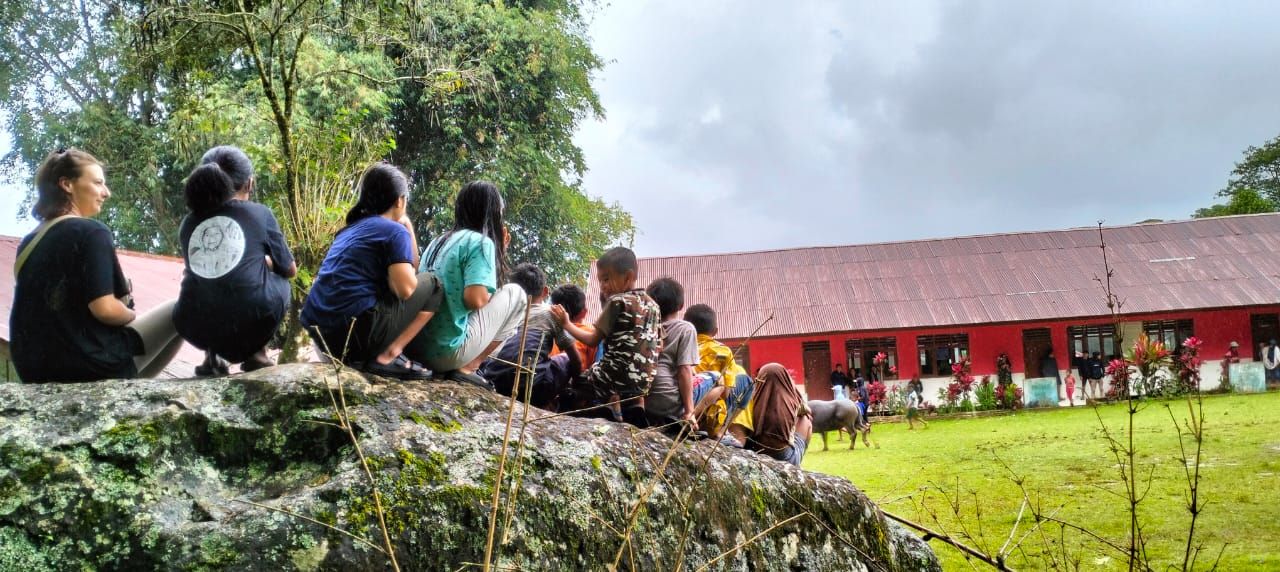
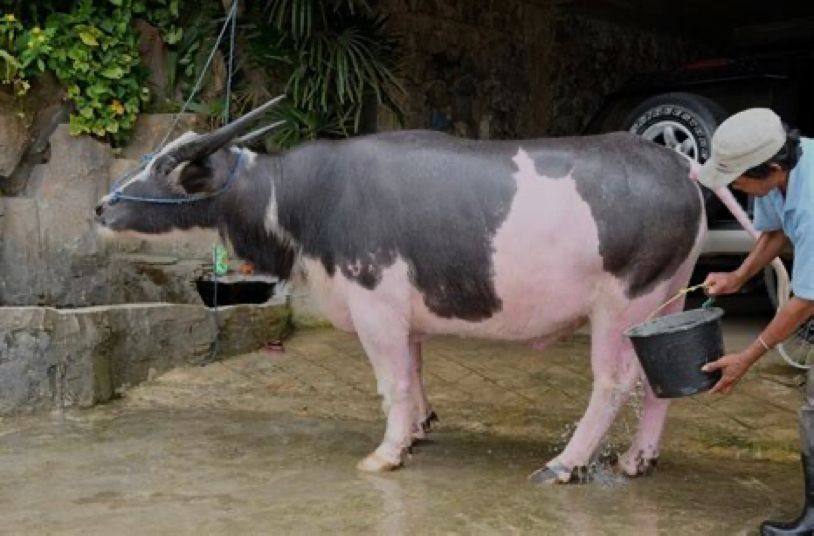
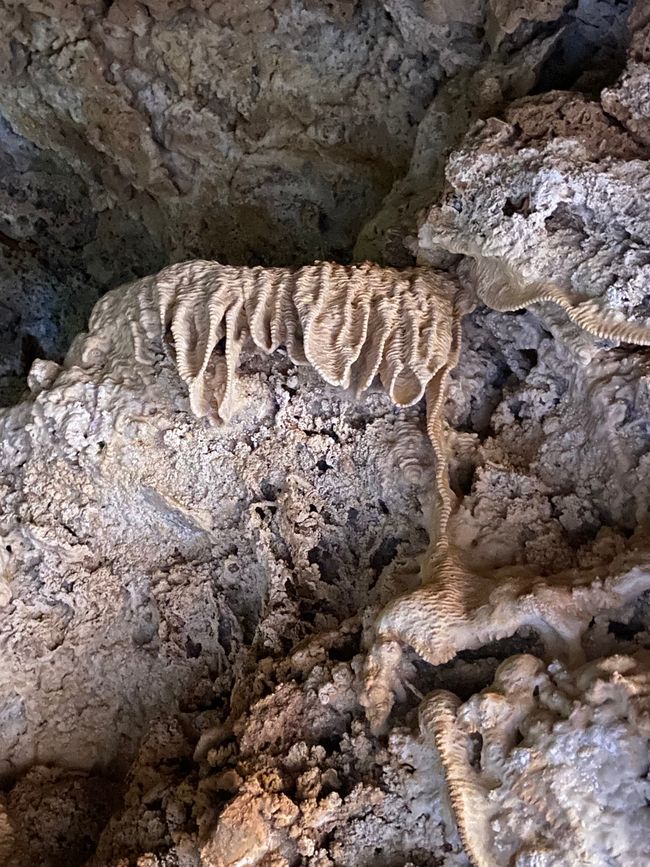
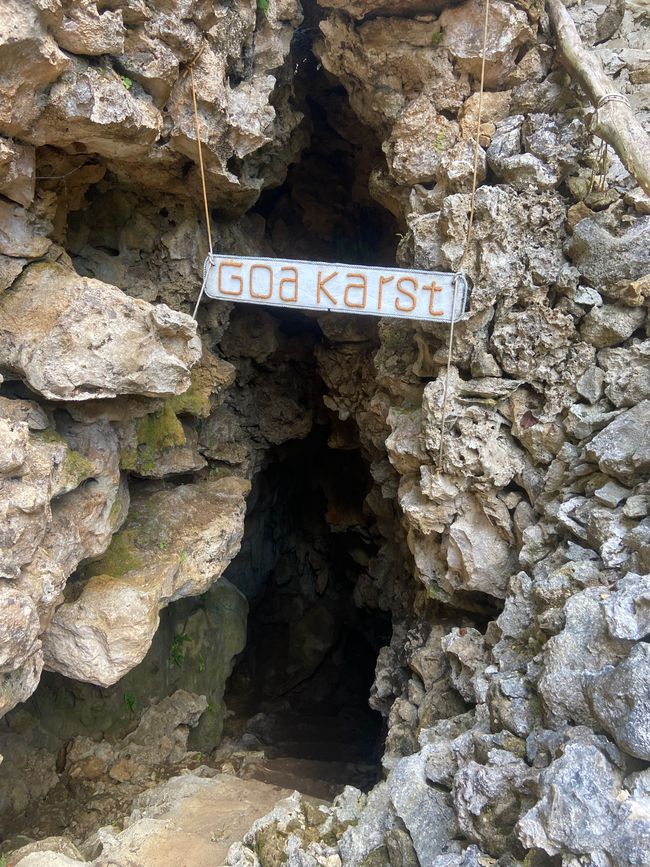
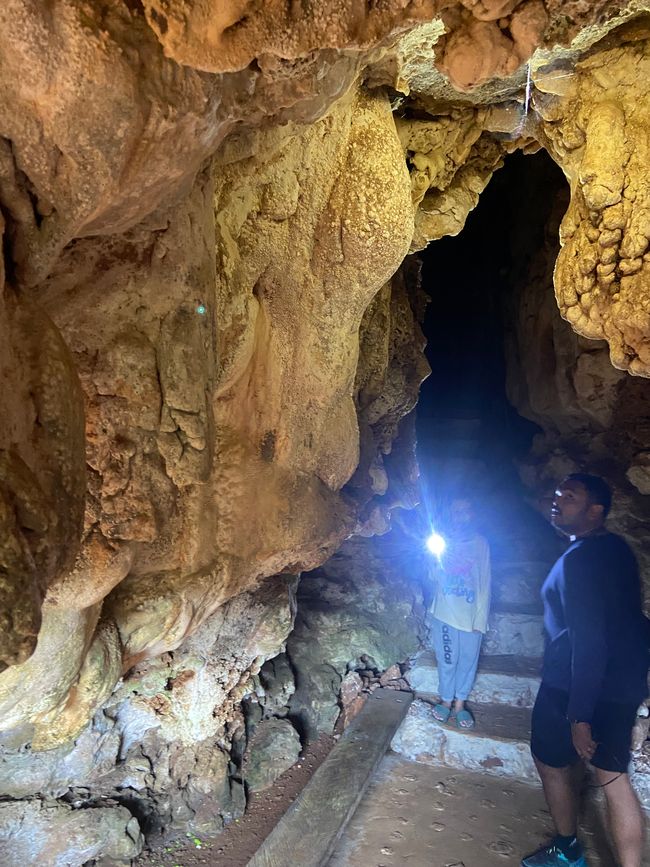
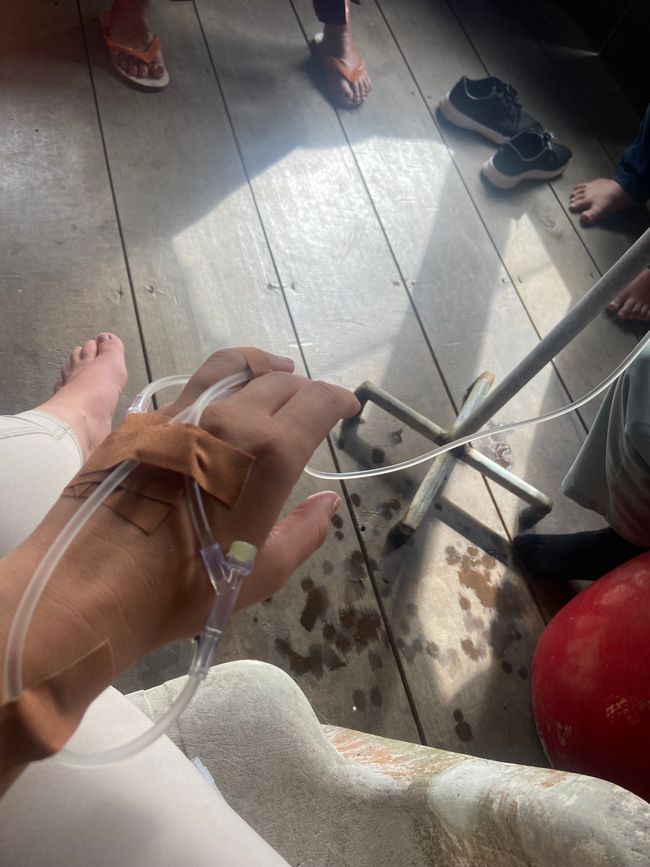
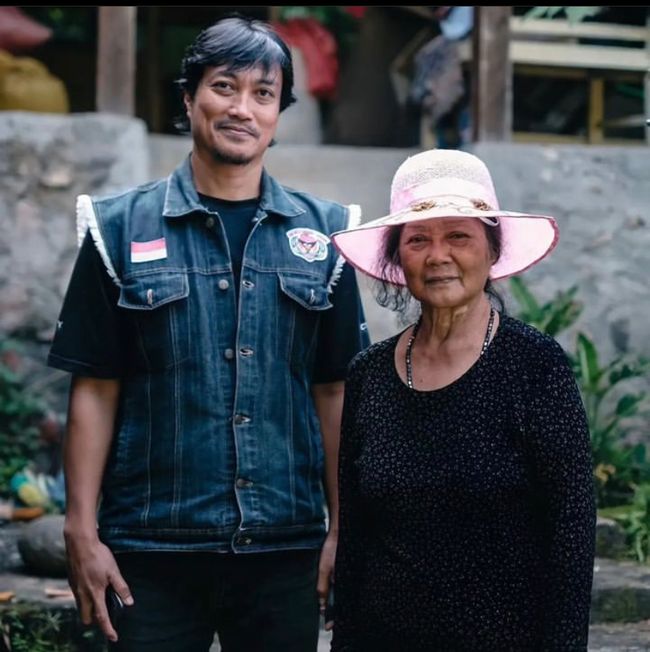
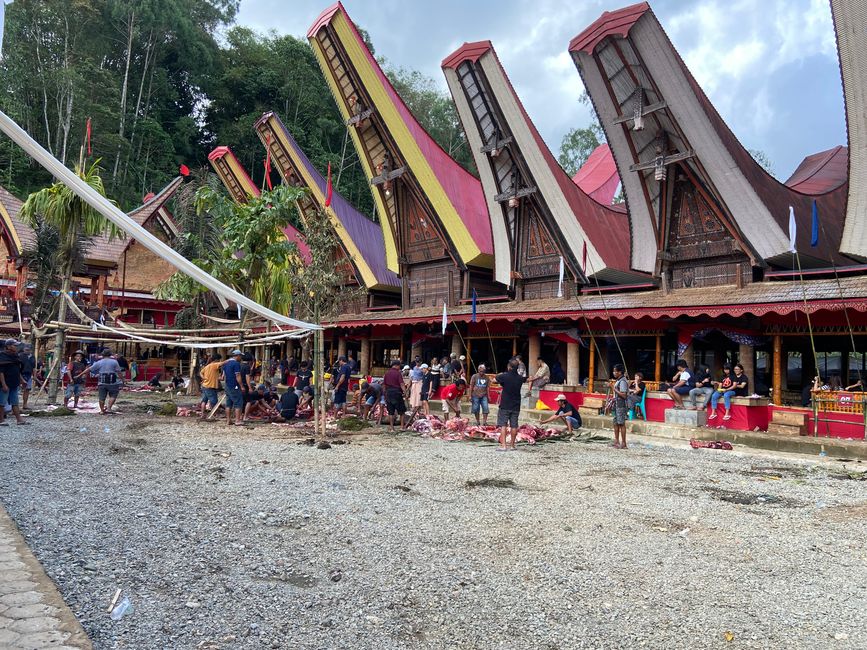
Iyandikishe mu kinyamakuru
Hello Peoples✌️
(Sorry for the grammar! Commas are free to use: ,,,,,,,,,,,,,,,,,,,,,,,,,,,,,,)
After my plan to travel by boat to Makassar, Sulawesi didn't work out, I got a flight ticket instead. After two days in the city of Bima, which I didn't really like, I flew to Sulawesi for 1.5 hours.
In Bima, due to the Muslim holiday, everything was closed and it was very difficult to find an open warung to eat. In addition, there is hardly any tourism there and the people speak little English, I was stared at as if I were an alien. I have already gotten used to it a bit, but it was somehow a strange vibe. That's why I was glad when I was on the plane.
However, before that, I had to take 100 photos with the locals at the Bima airport... I didn't know, and you probably didn't either, but I seem to be a small celebrity. I'm still trying to figure out for what 😂
A short time later, I land in Makassar, the capital of Sulawesi and in the south of the island. Sulawesi is the 11th largest island in the world and I have read a lot about it in advance and am curious to see what awaits me. It will be a huge cultural difference, as most residents here are Protestant. Quite unusual for Indonesia, as the Muslim faith predominates on most islands. In addition, in some parts of the island, very old customs from the ancient tribal cultures are still practiced to this day. I will report here because I have been able to explore it!
From Makassar Airport, I went to the hotel, checked in for 6€ per night, and I have to admit that maybe I should spend a bit more money if I expect comfort. It will be okay for one night because then I want to continue to Toraja in Central Sulawesi.
It is incredibly hot and humid in Makassar, so I look for a cafe for an iced coffee. Then I make my way to the beach. It is now afternoon, and I want to see the sunset. I sit there on the beach and find a super nice restaurant nearby, which is completely made of bamboo. After a small dinner, I drive back to the hotel. There I meet two German women, mother and daughter. The man, or rather the father, is Balinese and the two were visiting Bali and are now also on an exploration trip in Sulawesi. We spend the evening together, and the two tell me about a great excursion about 1 hour's drive from the hotel. It sounds absolutely impressive, and I try to book a tour there somehow. Unfortunately, it's in vain, but I decide to try it on my own tomorrow. Since I only booked the night bus to Toraja late in the evening, I have the whole day.
The next morning, I book a taxi to Rammang Rammang. It will work out! After 1.5 hours, I arrive, and my taxi driver will wait for me because I won't be able to use the app to come back later. At the arrival point, I can rent a small boat. It takes me through a small river, along palm trees, bananas, and volcanic stones. The valley is adorned with incredibly bizarre mountains, and it is much better than I expected.
After a 20-minute ride, I arrive at a small dock, and a beautiful landscape unfolds in front of me. I find myself in a small valley, surrounded by mountains, between rice fields, palm trees, bananas, and small ponds.
I had read about the landscape in Sulawesi in some travel reports, and that it is unique. I tried to capture it in pictures, but it is impossible. I walk over small bridges and wooden walkways. After a while, I reach the foot of a mountain, where I am adopted by a small group to explore a cave. The lands belong to individual families who earn their living there with tourists and support themselves with their rice fields and small gardens. We pay 5000 Rupiah to the family in whose area the small mountain cave is located. The daughter leads us up the stairs to the mountain, and a small stalactite cave appears.
A small bamboo ladder leads into a small hole into another cave, and I follow her. She climbs the ladder quickly through a narrow gap at the end of the ladder, where the cave continues, and she can only stand stooped. I follow her somewhat clumsily, but I never see myself crawling out of this cave, so I stay on the top step of the ladder and just stick my head through the narrow gap. In the light of my young tour guide's flashlight, an endlessly long stalactite cave unfolds.
I really didn't expect that in this landscape! Carefully, I make my way back down to the ground. No one else from my small group dares to take a look. I thank them and stroll through the beautiful landscape for another 2 hours, drinking a coconut and trying to absorb and enjoy everything.
Then I make my way back. I thought my boat had already left, but the boats and boat drivers are waiting at the dock to bring the same group back. Crazy! It's hard to imagine, "that is so inefficient" immediately comes to mind. They wait for their guests every day for hours until they finish their sightseeing. The same goes for my taxi driver, who I put in the boat. You pay for up to 4 people. He had never been to the area, but just waited in the small warung until I was finished instead of walking around himself.
Back at the hotel, I wait until I can go to the bus station to catch my overnight bus to the next destination. I meet the two German girls again and we exchange stories about the day.
At 8 p.m., I go to the train station. This time it is a much more comfortable bus, the backrests can be reclined far back, there is also an adjustable footrest, as well as a pillow and a blanket. This should make the 8-hour journey more comfortable than the last bus ride.
I ask the bus driver if he is kind enough to drop me off at the location given by my guesthouse owner, no problem! Great! 9 hours later, I arrive in Toraja at 6:30 a.m. I was able to sleep for a few hours and I am already warmly welcomed. My guesthouse is quite simple and it will take some effort to feel comfortable here. It is very dark and old-fashioned, the bathroom is very old, and everything is very dusty. But it is in the middle of a beautiful garden, the owner lives there with his mother, and I first get breakfast. After a cold shower (no hot water available...), I go on a Toraja tour with him. I have read a lot in advance and have a rough idea of what to expect. I tell him that I want to see all the things I have read about and not the tourist standard. We set off, his English is great, and he knows a lot and tells me about all the cultural traditions.
The area 'Tana Toraja' is located in Central Sulawesi. It is known for its special house construction and funeral ceremonies and death cult. The roofs of the houses remind me of ships, and Wil tells me that all houses are built with one tip facing north and the other facing south because according to legend, the first settlers came with ships from the north.
Later on, I will understand more that the Toraja people are very connected to their ancestors and their past, it is present everywhere.
In front of the houses stands a small "house" in the same style of construction. It serves as a storage for rice, as a status symbol, and as a social meeting place - when the rice is harvested from the field, it is stored in large plastic bags in the rice houses (alang).
If the rice is needed, it is taken out of the storage and dried in the sun. Then it is separated from the chaff and is ready for cooking. (By the way, despite the many rice cultivation areas in Indonesia, they still have to import rice from other countries!)
A family can own several rice storage houses, showing their high social status.
Among the "alang," there is a precise seating arrangement. If a ceremony takes place or simply a cozy gathering, the head of the family or an important citizen sits in the front right corner under a small board protruding from the house. It serves as a symbolic protection, and the head deserves the highest protection. After that, the other family members or employees or citizens follow in social order from the front to the back.
On the front of the houses (tongkonan houses), there are buffalo horns. The more horns are hanging there, the bigger the ceremony was when the completion of the house was celebrated - this ceremony is called Rambu Tuka'.
The tongkonan and alang houses are decorated with intricate carvings and colorful paints. Red, yellow, black, and white are the colors of Toraja culture. The colors symbolize rice, earth, blood, and light.
These ceremonies still take place today, but the tongkonan houses are no longer built for living but are now "only" symbols of social status. People usually live in square houses, also on stilts, but with more space, windows, and rooms.
Many families help with the construction of a house, and for generations, it has been noted who helped how much and where. It used to be memorized in the head or carved in stone, but nowadays, it is recorded in notebooks. One hand washes the other, and this is continued over generations.
I will tell you more about the house ceremony later because I was lucky, or maybe unlucky, to participate in one.
I drive uphill with Wil, through the clouds, past coffee plantations, wild cocoa plants, and extensive rice terraces that surpass Bali and Lombok. Once at the top, we walk a short hiking trail past buffalos to a small viewpoint. Then we continue on quite uneven roads by motorbike to have lunch. We stop in a small village with 10 rice barns and 4 tongkonan houses. One house belongs to a family, and all houses together form a 'village' and a clan of families.
I am served a large feast and typical Sulawesi food - especially buffalo meat, which is a delicacy cooked in a bamboo tube in the coals of the fire, the taste takes some getting used to. After the meal, I observe two young men leading a buffalo across the yard. Wil asks the two what they are planning - a buffalo fight is taking place nearby.
He looks at me and asks if I want to watch it. Of course!! I ask him if it is bad or similar to Spain. He denies it and says that two buffalos compete against each other, and when one of them runs away, the fight is over. Okay, I think to myself, I really want to see it. I walk with Selina, the owner of the restaurant's daughter, to the place of the event. To my surprise, it is the schoolyard 😅
There are not many people yet, and I am initially the attraction of the day... among all the locals, I am once again the only "bule". But Selina takes me with her, I don't want to stand at the edge of the field, who knows if the buffalos might take different paths. She takes me by the hand, and we climb onto a stone that is already half full of children sitting on it. I feel more comfortable here. The schoolyard fills up, and it doesn't take long for it to start. Bets are placed, and the first fight begins. The owners lead the buffalos onto the field and let go of the ropes. The first fight is very unspectacular, the two buffalos smell each other, and then one of them runs away.
The second fight goes similarly. But in the third fight, the buffalos run towards each other, press their heads and horns against each other, and the cheering is huge! After measuring their strength for 4 minutes, it is over, and one of the two turns around and runs away. The owners run after them, barefoot next to these colossi, and try to catch the animals again. More fights follow, and I am in the middle of the hustle and bustle, safe on my stone among the children. That's how I wanted it, close to the locals, authentically getting to know the culture, and being in the middle of it.
After an hour, we move on.
During the drive, we pass by a funeral ceremony. Wil asks me if I want to watch it. I am a bit uncertain, there are already the first skinned hides in front of the entrance. I ask him if the "sacrifice" of the animals is over. He inquires and tells me that it already happened in the morning. Okay, then I'm glad because I don't know if I can easily handle that sight.
It is the penultimate day of the ceremony. In total, it can last up to 7 days. The funeral is only held when the family has raised enough money, which can sometimes take a whole year. Until then, the deceased is not considered dead but as sick and is preserved at home. "Who does that?" I ask Wil. Either this is done right in the hospital, or someone from the hospital comes to the people's homes. Today, the bodies of the deceased are not necessarily stored at home, but in the hospital.
Shortly after death, the family meets and decides on a date for the ceremony. Death is a special event here, and incredible costs can be incurred, up to hundreds of thousands of euros are spent. Depending on the social status, the caste to which the family belongs, the ceremony varies. In the lowest caste, no buffalo is sacrificed, in the second caste (wood), up to 5 buffaloes are sacrificed, in the third caste (iron), up to 9 buffaloes, and in the highest caste (gold), up to 12 or more buffaloes. A "normal" buffalo costs from €500 to €1,500. However, there are also special buffalos that remind me more of our domestic pigs from their appearance, and more than €30,000 are due for them!
On the last day of the ceremony, the deceased is buried. For those who can afford it, a mausoleum is built. People of lower social status are buried in a grave carved into a stone. I have uploaded a picture of it. Later, as I drive back with Wil, we drive along the rice fields, which are full of large boulders. When I take a closer look, I see that most of them have a small "door," and these are graves. It is strange that these people keep their dead so close to them.
When I ask if it is also possible to be buried in the ground, he says no. The family must somehow afford to finance a rock or cave burial.
In addition, there is another cultural ceremony, which is why the dead cannot be buried in the ground. I ask, and the answer makes me feel quite uncomfortable.
Every three years, the deceased are taken out of their graves, dressed in new clothes, and brought back to the house for a two-week "vacation," as Wil puts it. It is really, really unsettling for me. Apparently, I look just as shocked as I feel, and Wil laughs. I apologize, I try to approach everything as openly as possible and not to judge, but this is really unimaginable and really eerie!
It is the penultimate day of the ceremony.
Wil gives me a sarong, so that I can observe the whole thing appropriately dressed. I feel a bit uncomfortable as I enter. There is a giant banner at the entrance with a picture of the deceased, welcoming the guests. It reminds me more of a festival entrance than a funeral.
But this is not a festival, I turn the corner and there are 10 more skinned hides lying there, and the ground is soaked in blood. From above, I hear the voice of the ceremony master blaring through the microphone.
In the middle of the courtyard, the animals are being butchered, and the meat is packed into bags.
Wil explains to me that the ceremony master counts how much meat each village and each family will receive. Every guest brings something, and here too, what may have been brought to a funeral generations ago counts.
If someone brings a pack of cigarettes, the family will receive a pack for their ceremony, or possibly even a little more. If someone brings a buffalo, they will also receive one for a future ceremony and will receive more meat at that time.
It's quite a butchery, it smells like iron and burnt hair and meat, it's strange. After a short time, I thank the family and say goodbye. In between all these ancient traditions, there is also an evangelical mass, and prayers are said every day.
It is a blend of religion and ancient tribal customs. But it is also connected to business. In such large ceremonies as this one, there is usually someone from the "government," comparable to a mayor, present. There is also a kind of "tax" paid, also in the form of meat and money. This then flows back (probably not completely..) into the construction of roads and schools in the village.
It is a strange world that I have landed in, I have read a lot beforehand and I am glad about it - it shouldn't be landed here blindly, the shock would certainly be too great. I talk to Wil, "what do you think of it?" - It's hard to answer, it's their culture, and I think tourists should try to engage with it without judgment. Of course, the touchpoint is difficult because it is such a different world.
On the way back, we stop at two important points that reflect the historical history of Toraja and Sulawesi. Indonesia and especially Sulawesi were long colonial territories mainly of the Netherlands. Indonesia's independence was declared only in 1945, and the Netherlands officially recognized it in 1949. About 100 years ago, two evangelical priests came to Central Sulawesi and brought the Protestant faith. There is a church on every corner, every house has a cross hanging, and there are several Jesus statues, so it appears that this belief has been a part of this population for much longer.
I drive with Wil towards the homestay. Well, then it had to happen, we were super slow, but there was so much mud on the road, and we were going downhill, so the rear tire slipped.
That was it, my "Asia-Bike-Accident." A small scrape on my arm, but nothing else happened, luckily I got away with it🙏🏻 Wil apologizes a thousand times, but I'm just glad that we just slipped at a snail's pace and nothing more happened. We continue home at a snail's pace, it starts raining, and until we arrive, I am soaking wet. In the evening, I talk to Wil again. He is participating in a project in which people from every Indonesian district participate, with the aim of promoting tourism in lesser-known areas. The Deputy Minister of Indonesia regularly gives lectures, and each person represents their district. Wil is incredibly proud of it, and from what it sounds like, it's no small thing. In the next few years, Indonesia's capital will be moved from Jakarta to Borneo. This means a great economic opportunity for Sulawesi and all the other islands.
We talk about how to attract more tourists to a place like Toraja. It really is not an easy thing. The culture is very strange to us Western tourists, and I don't think everyone wants to, or even can, walk through such a ceremony where animals are sacrificed with a throat cut and meat is butchered on plastic sheets on the floor. To what extent do you want to stage this culture for tourist purposes?
But these are the big things, says Wil - even as an Airbnb host, he has to offer a normal toilet for Western tourists. Normally, there are no toilet seats here, but a hole in the ground with a ceramic cover to urinate while standing. Next to it is a large bucket of water with a ladle to "rinse off". No toilet paper, but a shower to rinse off.
I think that these are things you need to attract tourism, but I find it difficult to make ceremonies tourist-friendly or stage them.
It is hard to see, but if you think about how our cows are led into the meat factory one after the other and the same thing happens, I don't know if one can or should judge it.
It is a super interesting conversation and in the end, Wil says, "I have the perfect saying for Toraja" "What saying?" "Well, a slogan, like Vegas has one, you know - what happens in Vegas stays in Vegas - for Toraja, in my opinion, it is: - Toraja is not for everyone - "I look at him astonished. That fits quite well.
I will be in touch soon ☀️ Sending hugs 🤍🥰
Iyandikishe mu kinyamakuru
Igisubizo
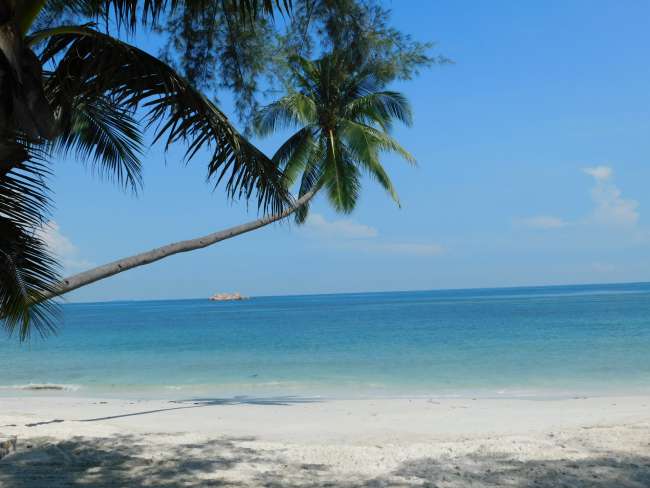
Raporo yingendo Indoneziya

